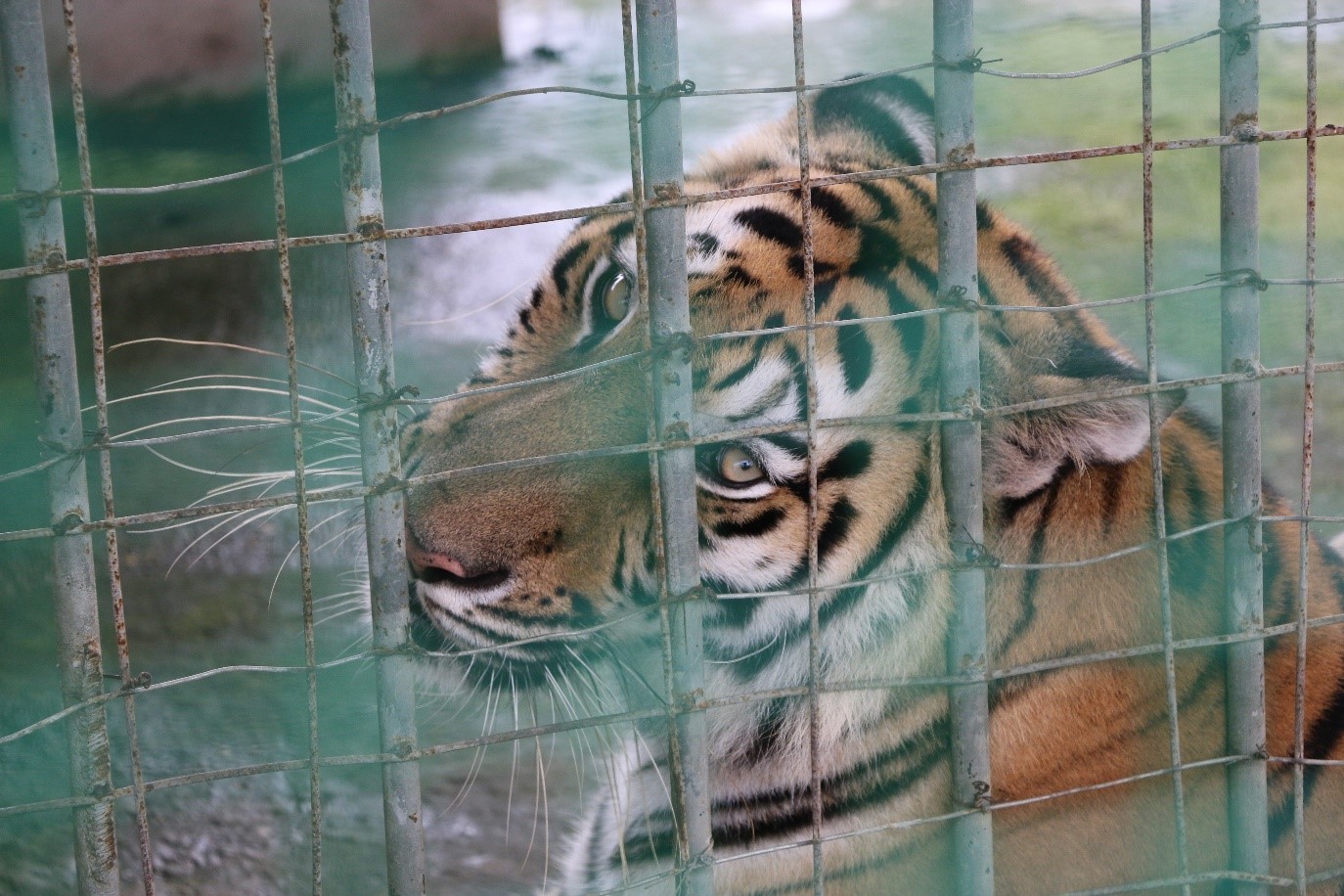The Hidden Tigers of Southeast Asia (Part 3)
PART 3: WHY DO TIGERS NEED OUR HELP?

Tigers typically hunt at night, silently stalking their prey until they are within leaping distance © Christy Williams WWF-Myanmar
Tigers used to roam across most of Asia, but today they are restricted to just 7% of their original range, in isolated forests and grasslands across 13 countries. Tigers need vast territories to survive but over the past few decades their habitats have been destroyed, degraded and fragmented by human activities, either wiping out tiger populations entirely, or leaving them marooned on 'islands' of habitat from which they are unable to safely travel from one area to the next in order to mate and find food. The same roads that slice through tiger habitat also exacerbate a more insidious threat-poaching.
Poaching is an immediate threat to all of our planet's wild tigers, but it is of particular concern in Myanmar.

"A world without tigers would be a tragedy, but I am hopeful. Our job is to engage local communities and government, agree on a common plan and execute. We have to act now." Nick Cox, Conservation Director, WWF-Myanmar
WHAT HAPPENS NOW?
A new plan is underway. The updated Myanmar National Tiger Action Plan has been drafted for release, developed jointly by the Ministry of Natural Resources and Environmental Conservation, WWF, FFI, Smithsonian and WCS. It outlines three targets that contribute to the goal of increasing Myanmar's tiger population so that it is ecologically and demographically viable, and able to persist far into the future.
Saving Myanmar's tigers is going to require a monumental, collaborative effort. But if we can protect their forest homes and put an end to the illegal wildlife trade, Myanmar will become a safe haven for the Hidden Tigers of Southeast Asia.
WWF is working tirelessly to save Myanmar's tigers and it is a collective effort. Together, we can double the number of wild tigers – showing the world that there is a place for nature and wildlife in our future.
"The tiger is the face of Asian biodiversity, and saving tigers means saving our environment... so let's save Myanmar's tigers, together!" Hla Naing, Wildlife Conservation Society, Myanmar
